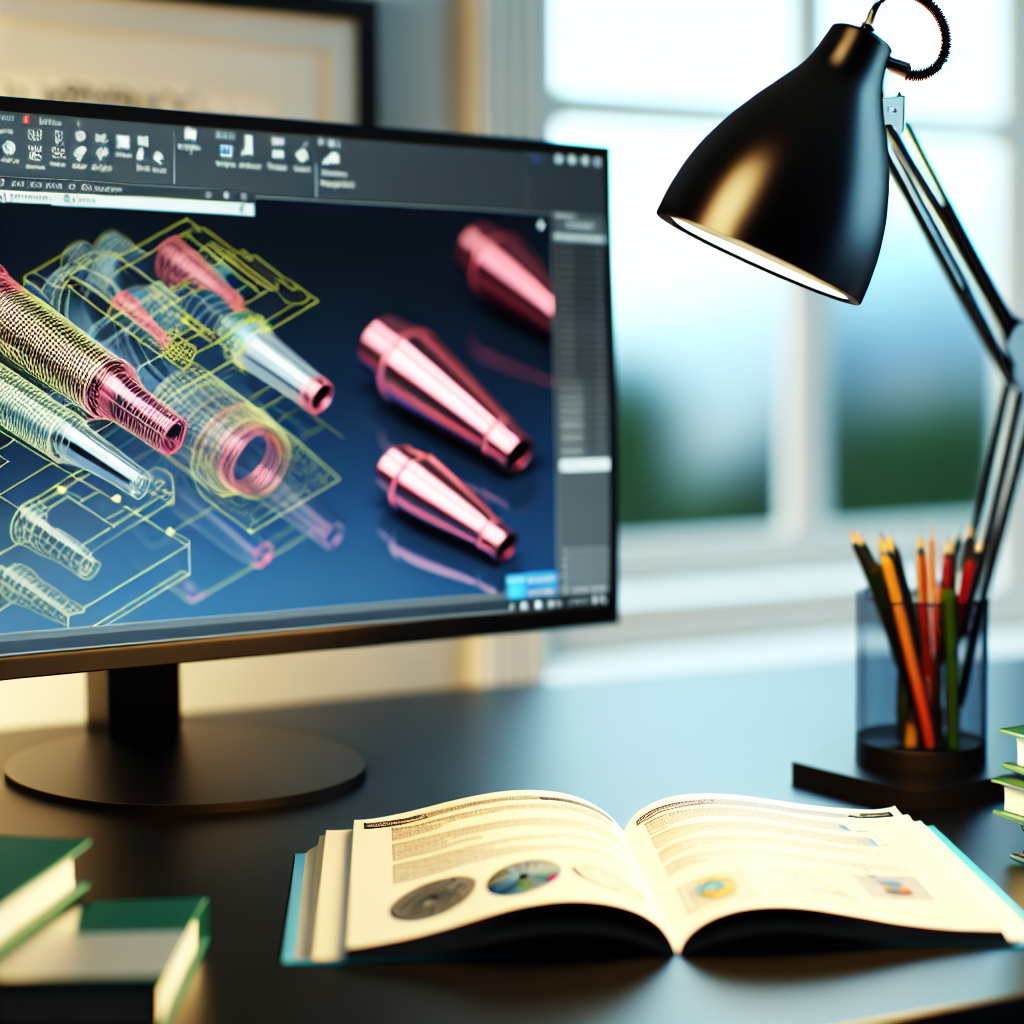Mastering SOLIDWORKS can significantly enhance your design productivity and accuracy. In this article, we will explore essential **SOLIDWORKS tips and tricks** that can streamline your workflow, improve model quality, and save valuable time. Whether you’re a beginner or an experienced user, these practical insights will help you leverage SOLIDWORKS more effectively.
Enhancing Efficiency with Customization and Shortcuts
One of the most impactful ways to improve your SOLIDWORKS workflow is by customizing the interface and utilizing keyboard shortcuts. **Personalized Toolbars and Command Groups** allow you to access frequently used features without rummaging through menus, thereby reducing overall modeling time. To set this up:
- Navigate to Tools > Customize to modify toolbars and commands.
- Create new **Keyboard Shortcuts** for commands you frequently use, such as ‘Fillet’ or ‘Mirror.’
- Organize commands into logical groups for quicker access.
Moreover, **saving custom keyboard shortcuts** not only speeds up repetitive tasks but also helps maintain consistency across different projects, especially when working in team environments.
Another tip is to leverage **template files** for parts, assemblies, and drawings. Creating standardized templates ensures uniformity in units, styles, and annotations, further reducing setup time for each new project.
Advanced Modeling Techniques and Troubleshooting
Beyond basic features, mastering advanced techniques can significantly improve your modeling precision. For example, using **Configurations** allows you to create multiple variations of a part within a single file, which is essential for designing products with interchangeable components. To efficiently utilize configurations:
- Start with a base model and create configurations via the **Configuration Manager**.
- Use **Design Tables** (Excel-based) to manage complex configuration variations systematically.
- Link configurations with **Design Studies** to simulate different operational scenarios.
Additionally, troubleshooting common issues like **interference detection** or **erroneous mates** can be expedited with certain tips. When encountering an interference error:
- Use the **Interference Detection** tool under Tools > Evaluate.
- Analyze the results to identify overlapping components and adjust mates or geometry accordingly.
- Utilize the **Rollback Bar** to revert to previous modeling states, making it easier to experiment with different solutions without losing progress.
Implementing these advanced modeling and troubleshooting techniques ensures a smoother design process and reduces time-consuming errors.
Conclusion
In summary, optimizing your SOLIDWORKS experience involves customizing your workspace with shortcuts and templates, as well as mastering advanced modeling tools and troubleshooting methods. These tips not only improve efficiency but also elevate the quality of your designs. By applying these insights, you’ll become a more proficient SOLIDWORKS user capable of tackling complex projects with confidence.
